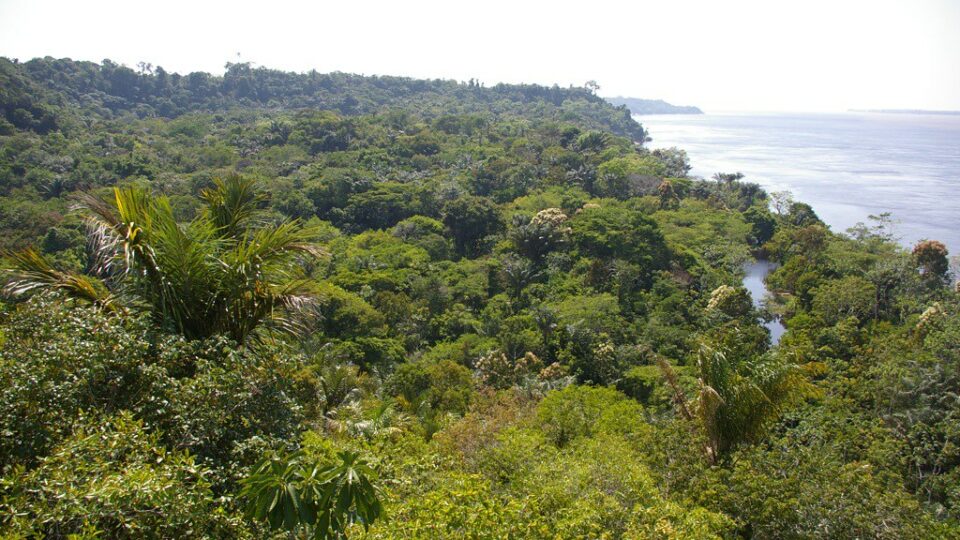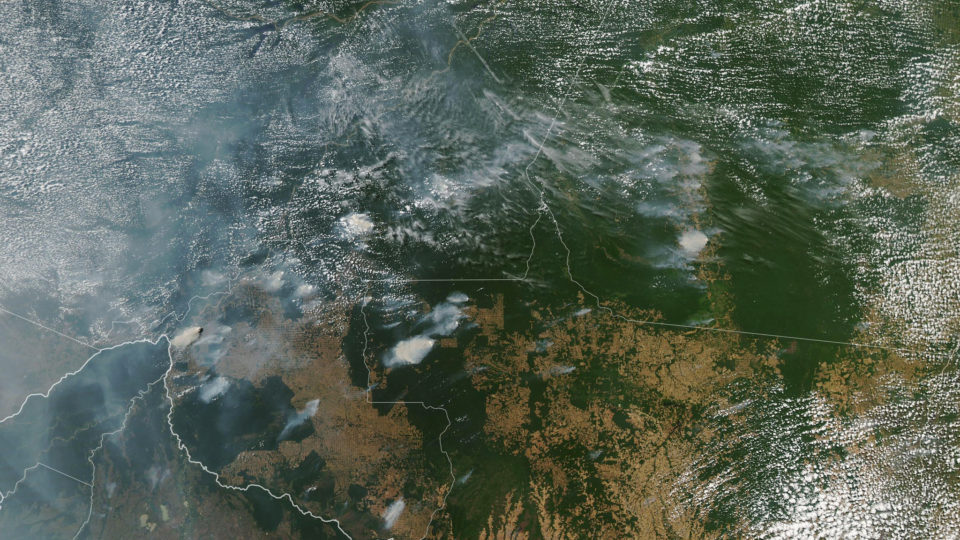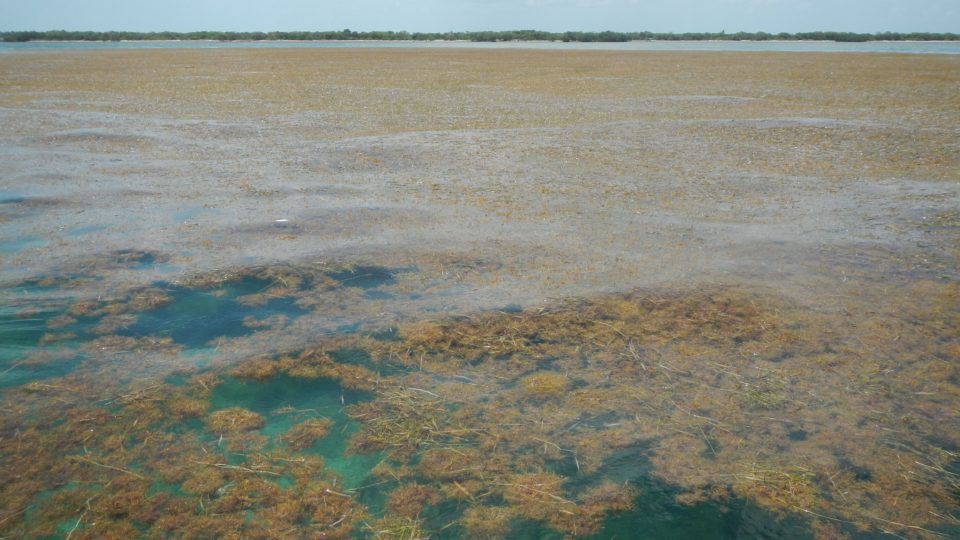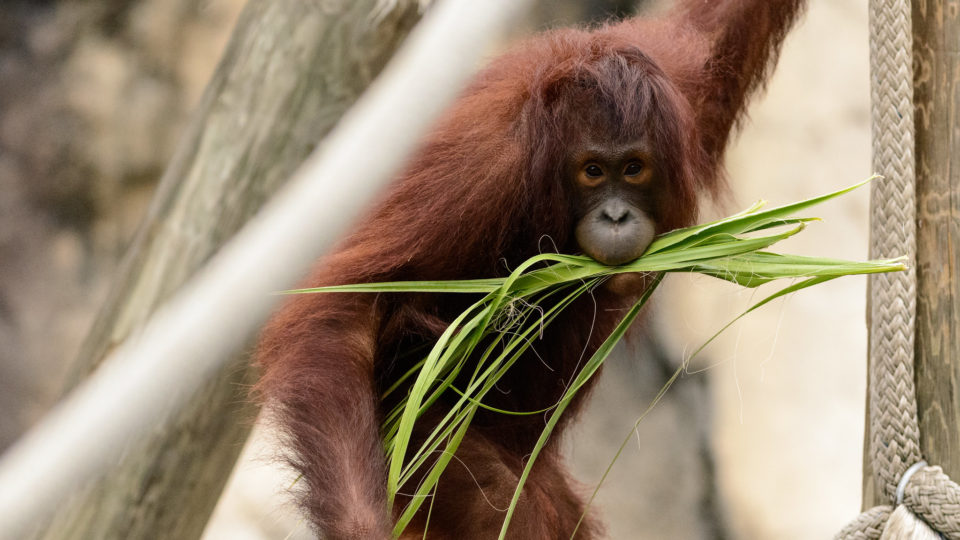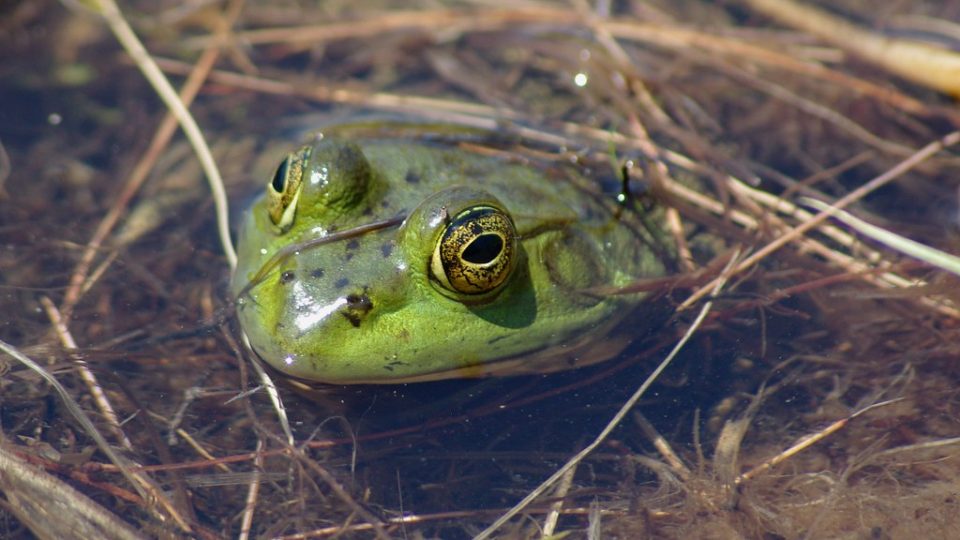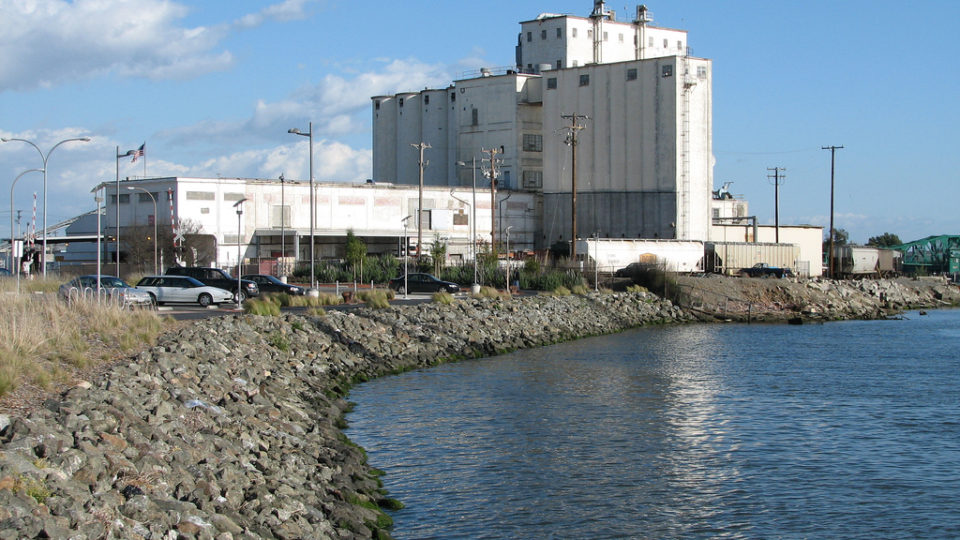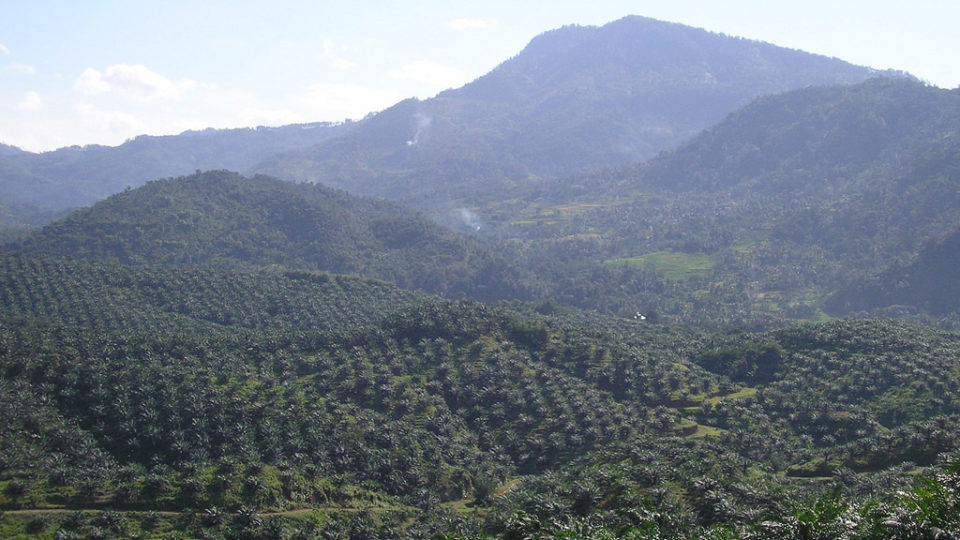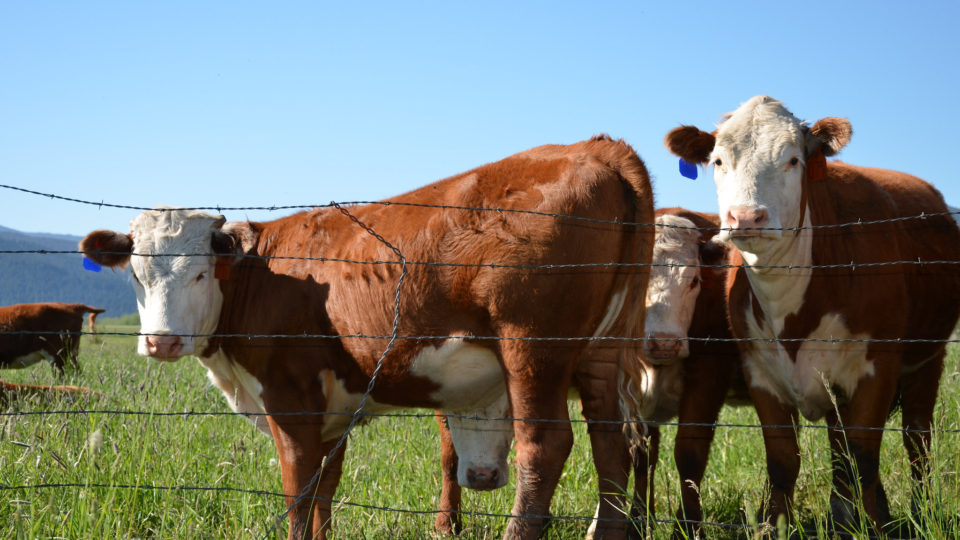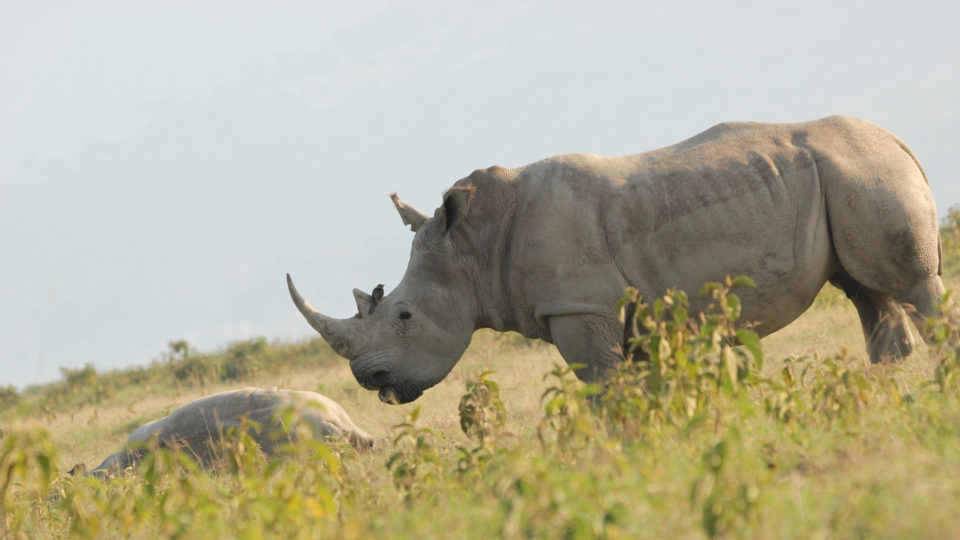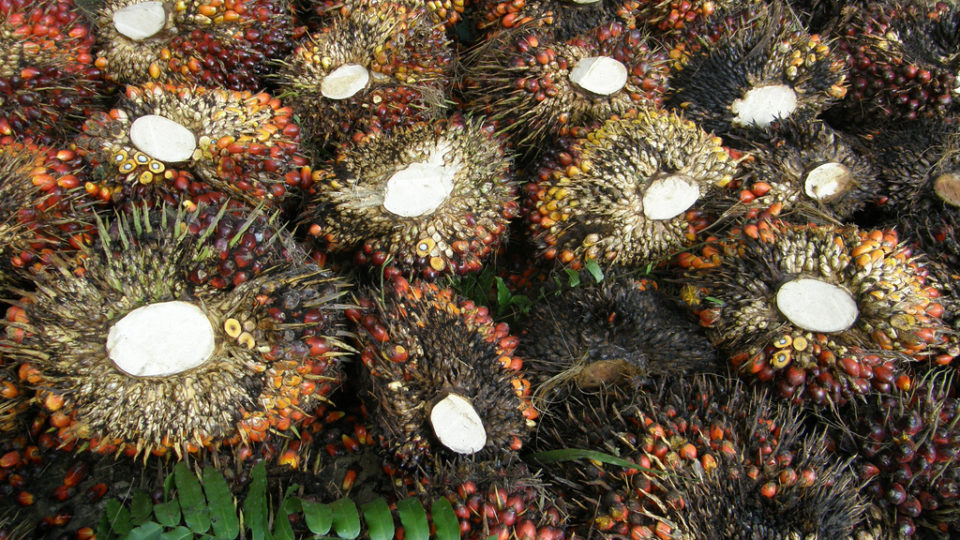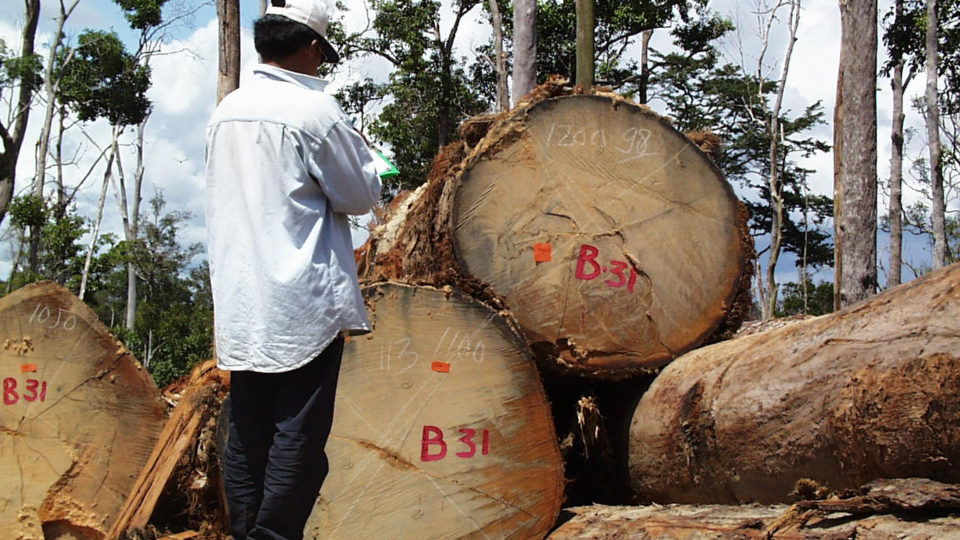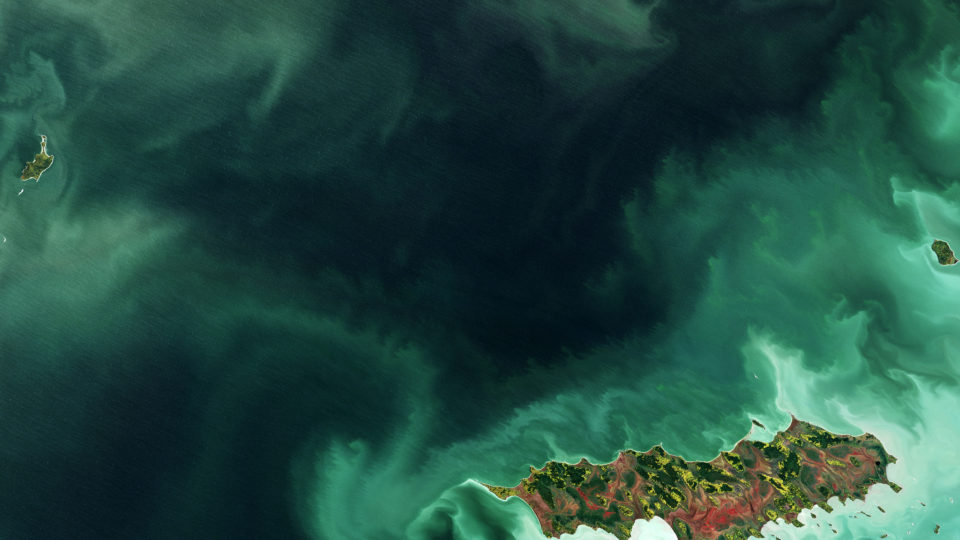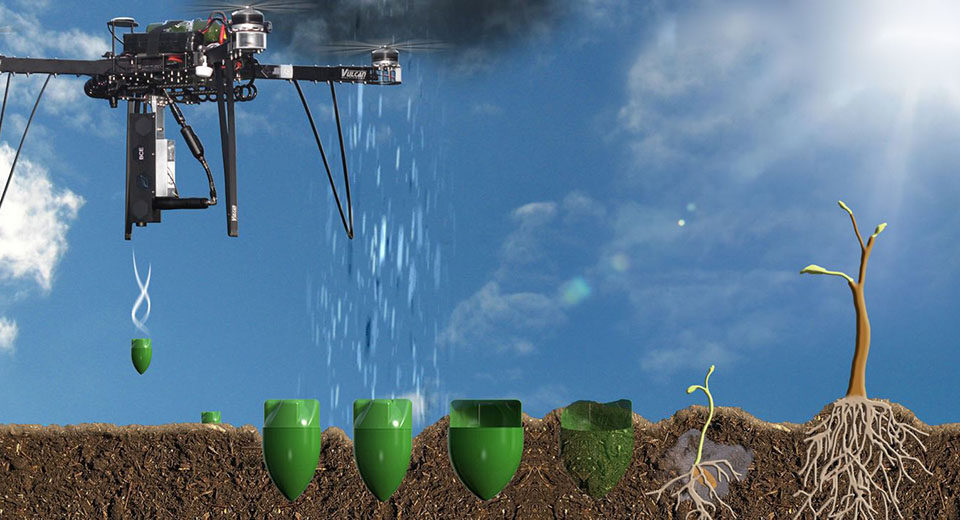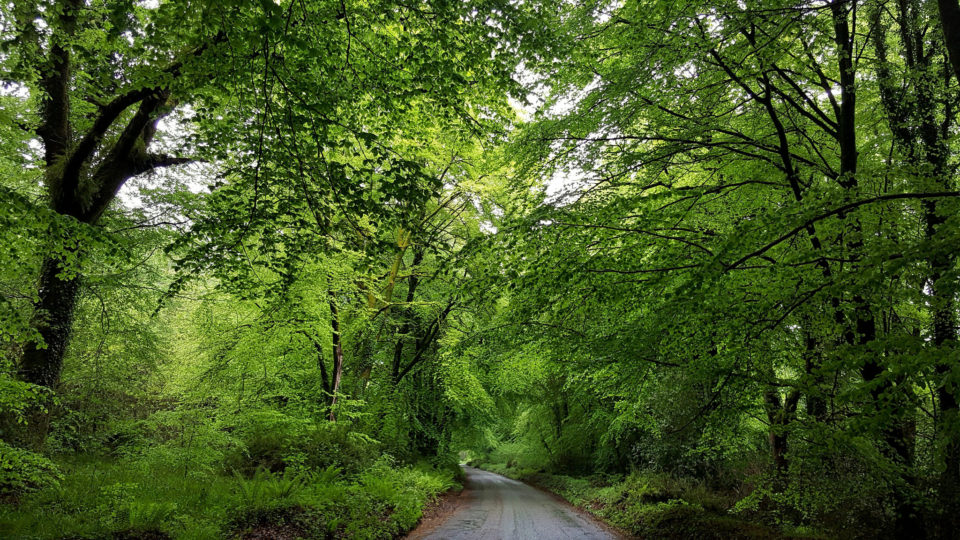The Amazon is the largest tropical rainforest in the world. It covers an area approximately equal in size to the lower 48 states, and is home to an estimated 10% of the world’s biodiversity and 15% of its freshwater. These so-called “lungs of the planet” provide many important global ecological services, including carbon storage, and regulating air quality and climate.
Deforestation in the Amazon exploded in the 1970s and remains one of its biggest threats today. Since the 1970s, more than 20% of the Amazon rainforest has been cleared. Cattle ranching, soy and palm plantations, logging, and climate change are some of the biggest drivers of deforestation.
Now, according to a new study recently published in the journal Ecology, the regrowth of Amazonian forests following deforestation may happen more slowly than previously thought. These findings could have significant impacts on climate change predictions as the ability of forest regrowth in the Amazon – so-called secondary forests – may have been overestimated. The research, which was conducted in Bragança, Brazil and includes two decades of forest monitoring, reveals that climate change and the wider loss of forests could be hampering regrowth.
After 60 years of regrowth, the research team found that secondary forests only held 40% of the carbon when compared with forests undisturbed by humans. Secondary forests also take less carbon from the atmosphere during periods of drought, and climate change is increasing the number of drought-years in the Amazon. (During their 20 years of monitoring, the researchers also found biodiversity levels in secondary forests were only 56% of those seen in undisturbed forests).
More long-term studies are needed to better understand the impacts of reforestation efforts.
**********
Web Links
Amazon forest regrowth much slower than previously thought
Photo, posted September 6, 2009, courtesy of Nao Lizuka via Flickr.
Earth Wise is a production of WAMC Northeast Public Radio.
